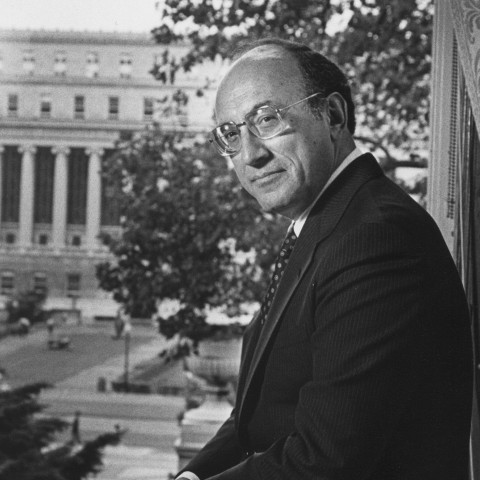Founded in 1754 as King’s College and renamed in 1784, Columbia College is the oldest school within Columbia University in the City of New York and the fifth-oldest institution of higher education in the United States. This timeline reflects the College’s rich history, from Colonial America through the present day.
This timeline is based on Columbia College Today’s “250 Years,” compiled by Lisa Palladino in 2004, with additional research and compilation by Elena Hecht. Special thanks to CCIT and Associate University Archivist Jocelyn K. Wilk. Visit Columbia University Archives for other Columbia University Historical Timelines.
© 2014 Columbia University









![Revolutionary War battle between civilians and British soldiers by Felix Octavius Carr Darley. Photo: Library of Congress, Prints & Photographs Division, CAI - Darley, no. 14 (A size) [P&P]](http://www.college.columbia.edu/sites/default/files/styles/timeline_tile/public/revolution.library-of-congress-prints--photographs-division-_0.jpg?itok=_tRl7HZy)



![Alexander Hamilton, King’s College Class of 1778. Image: N.Y.: The Knapp Co., c1896, Library of Congress, Prints & Photographs Division, LC-DIG-ppmsca-17523 (digital file from original print), PGA - Knapp--Alexander Hamilton (B size) [P&P]](http://www.college.columbia.edu/sites/default/files/styles/timeline_tile/public/hamilton_alexander.jpg?itok=Xrh9v2Uu)



































































































